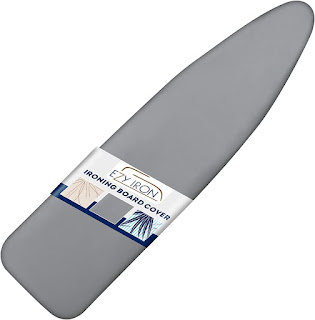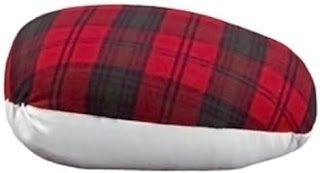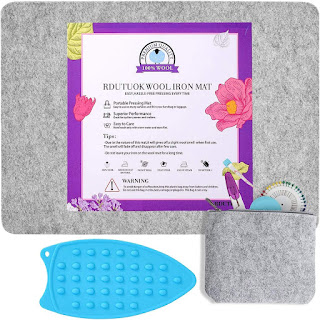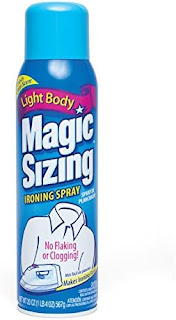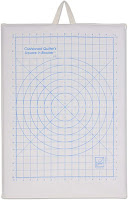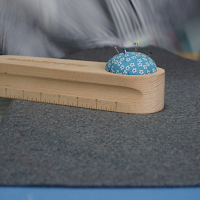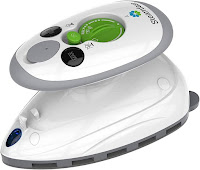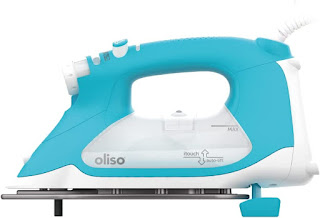I'm not ancient but I am getting older. Fifteen years of living with rheumatoid arthritis has taught me to look for ways to make my life easier so I can continue to sew the beautiful heirloom garments I love so much. Today I want to share with you some of the products I use to help me aid me in making these garments.
Hoop Stand
It is made from hard beechwood and sanded to a fine finish. It can be used as a table stand but I position it between my legs and sit on the base. The adjustable knobs help to get the embroidery hood in the best position for working on the embroidery. Handsfree eases the pressure on my joints plus I think my stitches much neater.
Electric Scissors
If I am cutting more than one layer of fabric, I use my electric scissors. They will cut multiple layers at a time speeding up the cutting out process. Batch cutting my pattern pieces is a real time saver. The electric scissors come with two rechargable batteries so there is always one charged to use when the other is getting slow. The scissors are not heavy so they are easy to hold. Plus, they are cordless so there is no cord to get in the way or get cut through. Mine were purchased on Amazon. Click on the link below to find the ones I use. The ones I use are out of stock at Amazon but here is a link to a similiar set.
Honestly, my GrabbIt magnetic pincushion has been a staple in my sewing studio or over twenty years. It holds my pins securely and makes cleanup a breeze. I don't use the pins that came with it.
The Oliso Iron ProPlus Smart Iron
I first saw this iron on a You Tube video. It think it was a video by Sarah Ward with Sarah Classic Sewing. The Oliso has a clever auto-lift function. With a gentle touch on the handle, the iron effortlessly descends, poised for action. Release your grip, and the innovative scorch guards, a patented feature, gracefully raise the iron, safeguarding your fabrics from scorching. Leaving the iron in a horizontal position not only enhances safety but also optimizes efficiency, while providing relief to your wrists and shoulders. It also available in some fun colors!
Compact Iron
The Steamfast Mini Iron is the compact iron I use everday. It stays on my sewing table while I sew. The grip on the iron is very comfortable for my hand. It's light weight is easy on my hands and arm. The steam function is great and it even has a burst of stem feature. Click on the link and you can see the features of the iron and purchase.
There is another mini project iron I would like to try. It is by Oliso -same brand as my full size iron. I will link it below and provide a picture.
There are other products I will purchase in the future as I see the need so I can continue doing what I am so passionate about - Heirloom Sewing and Hand Embroidery.
Have a fabulous day,
A small commission is earned off the sale of a product linked in this article.











